Marine Life
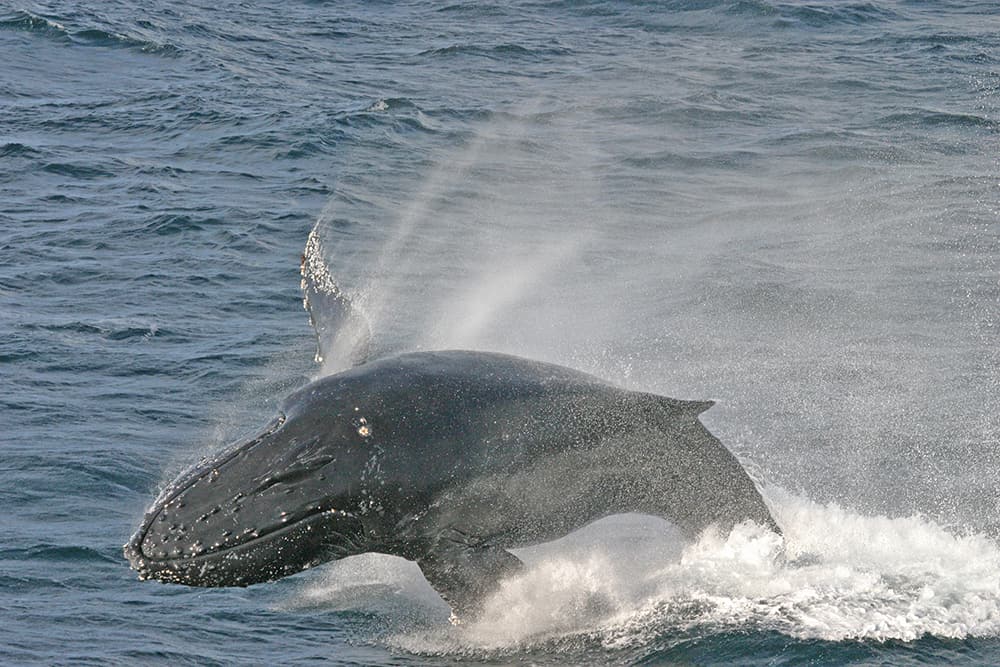
Olympic Coast National Marine Sanctuary supports a variety of marine life, including more than 300 species of fish, more than 100 species of seabirds and shorebirds, 29 species of marine mammals, and a growing list of invertebrates and marine algae.
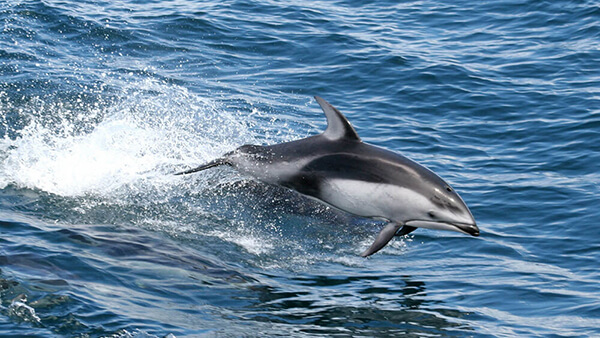
Marine Mammals
Three broad types of marine mammals are represented within Olympic Coast waters: cetaceans (whales, dolphins, and porpoises), pinnipeds (seals and sea lions), and sea otters.
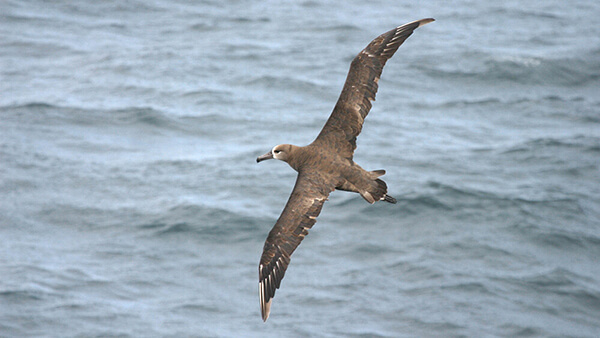
Seabirds
Olympic Coast National Marine Sanctuary is a major feeding area along the “Pacific Flyway” migration path and used by more than 100 species of marine birds and shorebirds.
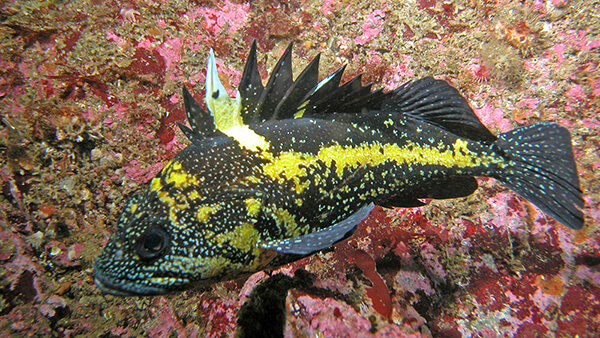
Fish
The cold, temperate waters of the Olympic Coast are some of the most productive habitats for fish in the world.
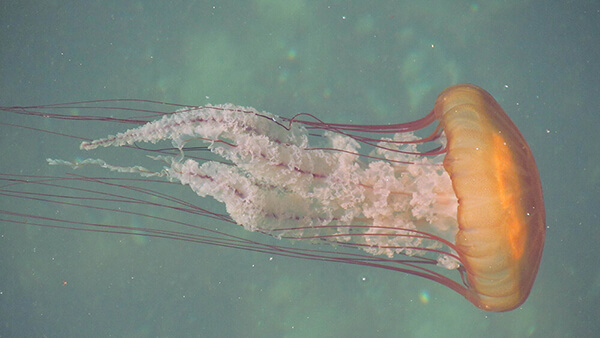
Invertebrates
The largest group of animals in the sanctuary—and the planet—are invertebrates.
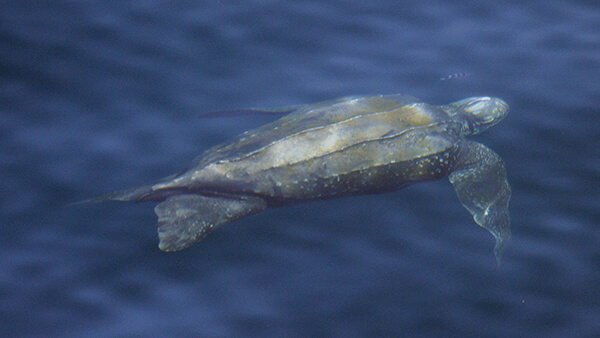
Sea Turtles
Three sea turtle species (leatherback, loggerhead, and green) occur infrequently within Olympic Coast National Marine Sanctuary.
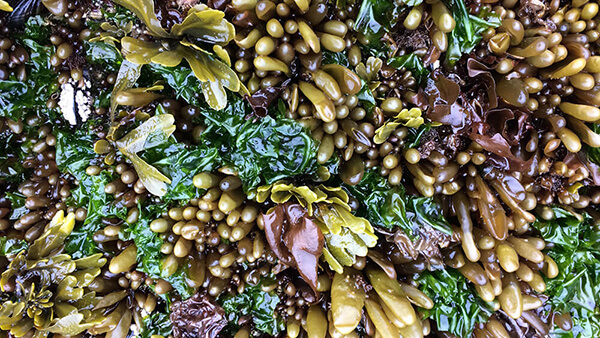
Seaweeds
Seaweeds include numerous species of marine algae, from the microscopic phytoplankton to the enormous giant kelp that form forests beneath the sea.

